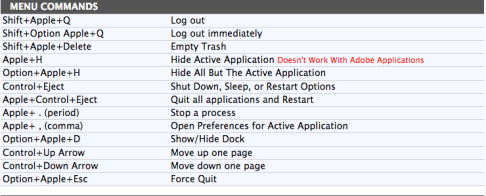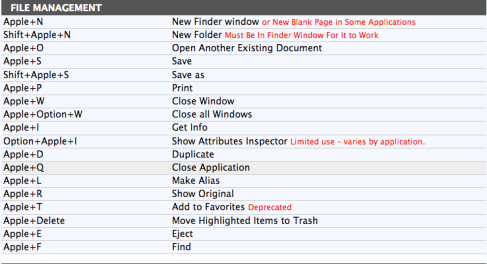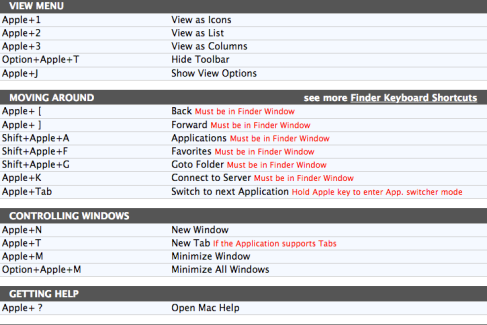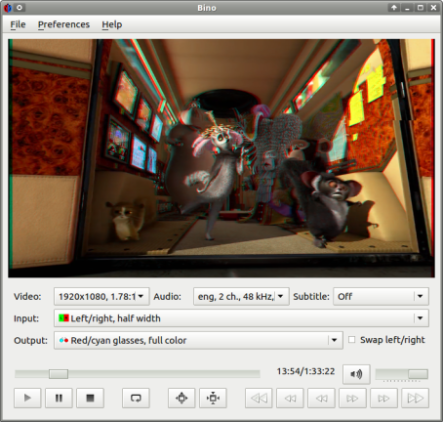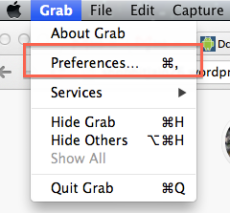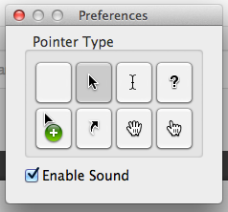To connect to Access Server from a Linux client computer, you need to follow these steps:
Fedora/CentOS/RedHat:
-
yum install openvpn
-
*NOTE: OpenVPN Access Server is not compatible with any version below the 2.1 OpenVPN Community/Linux client!
Ubuntu/Debian:
-
apt-get install openvpn
-
Once the openvpn package is fetched from the Internet and installed, run the client with the –version argument to make sure that it is version 2.1:
-
openvpn –version
RUNNING THE OPENVPN CLIENT WITH THE DOWNLOADED CLIENT CONFIG FILE:
Usually, the easiest way to install an OpenVPN client is to use the –config argument to specify the location of the downloaded client config file:
openvpn –config client.ovpn
MAC :-
Installing Tunnelblick
The Tunnelblick application contains the Tunnelblick GUI, OpenVPN, and OpenSSL, so no other installations are needed.
Special note for those who may have installed RaptorVPN or Urban Shield VPN, VPN In China, or certain other VPN software: These installations have backups that must be removed before installing or reinstalling Tunnelblick unless you are continuing to use the same service.Uninstalling Tunnelblick will remove these backups. See this Discussion Group thread for details.
First, download the latest disk image from the Downloads page. Double-click the downloaded .dmg file. An icon for a “Tunnelblick” disk will appear on the Desktop, and a window similar to the following will appear:

Double-click the Tunnelblick icon and a new window will appear, similar to the following:

Click the “Open” button to continue and a new window will appear, similar to the following:

If you are reinstalling, upgrading, or downgrading Tunnelblick, the window will show the version number of the current copy and of the new copy. The current copy of Tunnelblick will be put in the Trash before it is replaced.
The name and password of a computer administrator is needed to install Tunnelblick. Tunnelblick’s imbedded OpenVPN needs root privileges because it needs to modify network settings by configuring new network devices, changing routes, and adding and removing nameservers. Because we don’t want you to enter your administrator account name and password every time you start a VPN connection, Tunnelblick comes with a setuid root binary that allows it to start a VPN connection with super user rights. Tunnelblick uses your administrator account name and password so it can create this setuid root binary. Tunnelblick also secures itself from being modified.
Click the “Install” button to copy Tunnelblick to your hard drive at the indicated location.
Once that is done (it may take a couple of seconds), a new window will appear, similar to the following:

Click the “Launch” button to launch Tunnelblick
If Tunnelblick is currently running, a window similar to the following will appear:

(Note: Connections marked “automatically start when computer starts” will not be closed.)
Click the “Close VPN Connections and Stop Tunnelblick” to continue. After all connections are closed and Tunnelblick has quit, the new version of Tunnelblick will be launched. Continue with the following sections.
 The First Time Tunnelblick is Run by Each User
The First Time Tunnelblick is Run by Each User
If this is the first time you have run Tunnelblick as a particular user, or the first time after certain Tunnelblick upgrades, the following window will appear:

Specify whether or not you wish to have Tunnelblick check for updates each time it is launched. Each time an update is available, you will be given a choice of whether to install the update or not.
When there are no configurations (which is usually the case the first time Tunnelblick is run by each user when using a non-deployed version of Tunnelblick with no Shared configurations), the configuration helper will appear:

Click the appropriate button and the configuration helper will guide you through the installation of configuration files.
 Launching Tunnelblick
Launching Tunnelblick
To launch Tunnelblick after setting up configuration and other files, double-click “Launch Tunnelblick” in the Configurations folder, or double-click Tunnelblick in the Applications folder (or wherever else you installed it).
If Tunnelblick is running when you log out, shut down, or restart your computer, it will automatically be launched when you log in.
 Uninstalling Tunnelblick
Uninstalling Tunnelblick
If you intend to re-install Tunnelblick, be sure you have a backup of your Tunnelblick configuration files and key and certificate files — the .ovpn, .key, .crt, and/or .tblk files, and make a note of any configuration settings and appearance and other preferences you have set up. (They will be lost.)
Download the latest uninstaller disk image from the Downloads page and double-click it. (The uninstall program may be used to uninstall any version of Tunnelblick or any version of any rebranded version of Tunnelblick.)
The uninstall program can do a “test”, which does not uninstall anything, but displays a log of what it would have done if it were uninstalling.
To uninstall Tunnelblick located in /Applications:
- Quit Tunnelblick*
- Double-click the “Uninstaller”
- Click on “Test” or “Uninstall”
To uninstall Tunnelblick, RaptorVPN, Urban Shield VPN, or other rebranded Tunnelblick:
- Quit Tunnelblick (or the rebranded program)*
- Drag and drop the “Uninstaller” to your Desktop
- Drag and drop the application you want to uninstall (Tunnelblick or a rebranded program) to the “Uninstaller” on your Desktop
- Click on “Test” or “Uninstall”
* If you get a “spinning beachball” when you click the Tunnelblick icon, that usually means that Tunnelblick has a window open and is waiting for your response. Minimize or close the windows of all other applications (and in all Spaces) to expose the window. If Tunnelblick does not have an open window, you will have to force Tunnelblick to quit. Follow the procedure described in this discussion in the Tunnelblick Discussion Group.





 The First Time Tunnelblick is Run by Each User
The First Time Tunnelblick is Run by Each User

